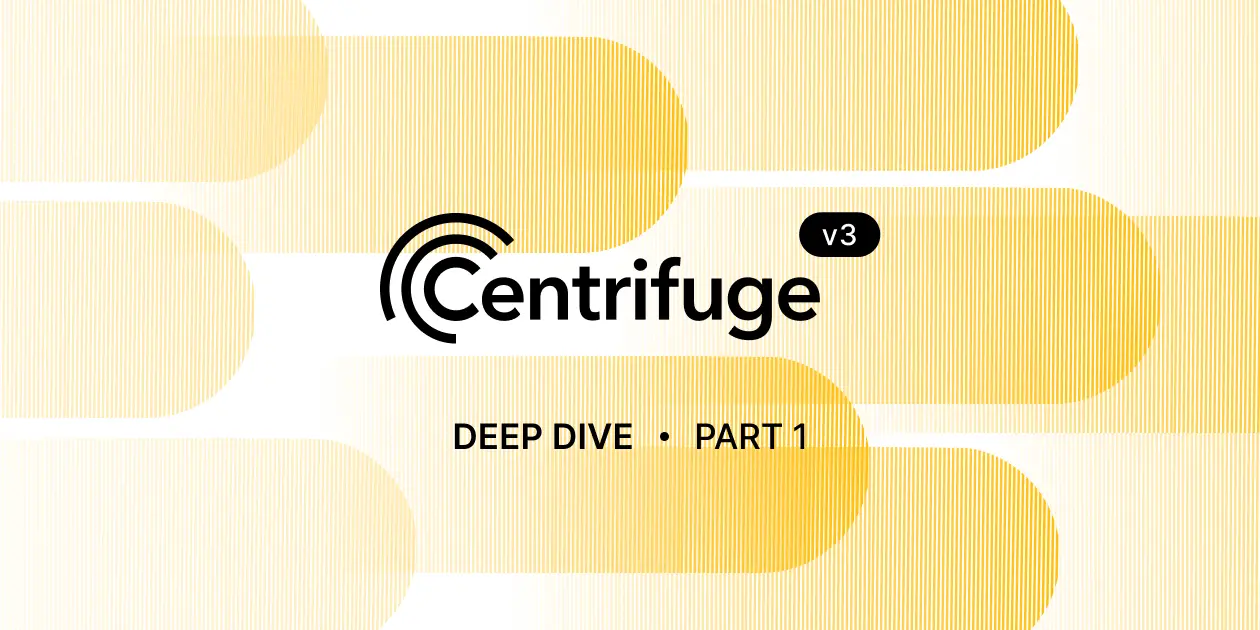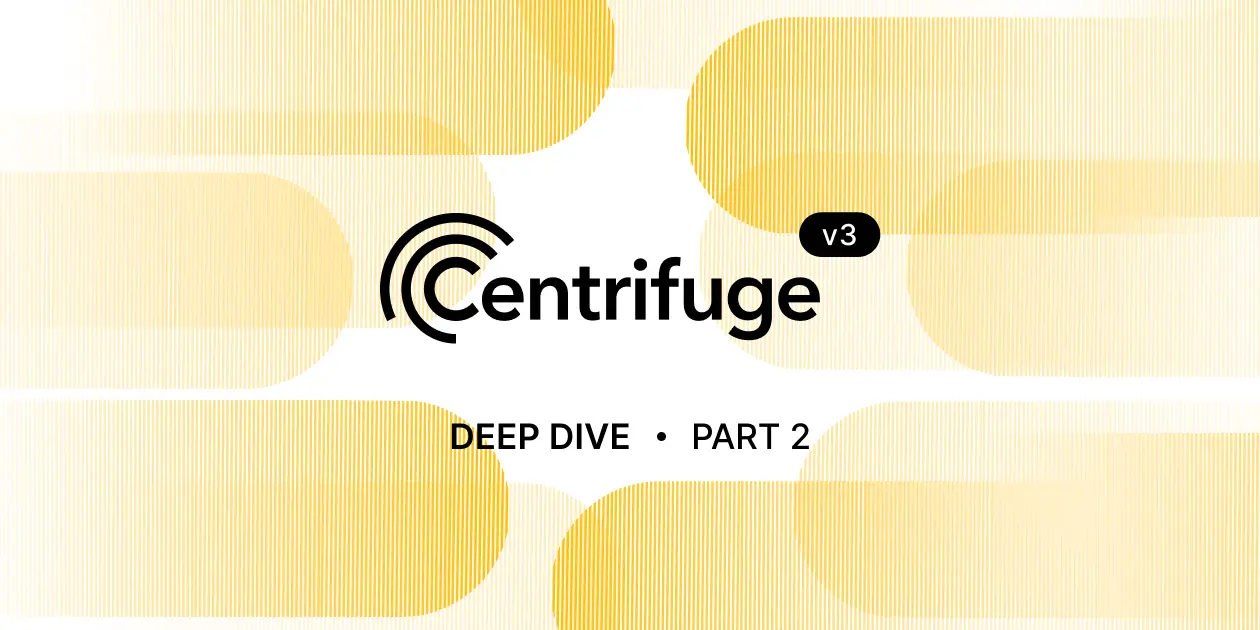Centrifuge V3: The Technical Breakthroughs Powering Centrifuge’s Multichain Design

As part of a new series exploring Centrifuge V3, we sat down with Frederik Gartenmeister, Head of Product, and Jeroen Offerijns, CTO, to discuss what truly makes this upgrade different.
This first piece dives into the technical unlocks that V3 brings for builders and asset managers: why it’s more than “just another multichain deployment” and how it’s setting a new standard for onchain asset management.
Moving beyond ‘just multichain’
When most protocols say they’re multichain, what they really mean is they’ve deployed the same smart contracts on multiple networks. But those instances don’t truly talk to each other. Liquidity stays fragmented. Investors and issuers have to pick one chain or deal with clunky bridging and security risks.
“What we’ve seen a lot in the past is protocols launching on different chains, but they’re not really interacting with each other directly because that’s really hard to solve for,” said Frederik.
Centrifuge takes a different approach. It introduces true chain abstraction: a single control layer that allows asset managers to tokenize, manage, and distribute assets across multiple chains, while operating as if it were all one unified environment.
“From an issuer or investor perspective, you don’t really need to know whether operations are happening on Base, Arbitrum, or Ethereum. It’s the same asset, the same security, the same underlying backing,” Frederik explained.
Security built for complexity
Multichain design inevitably expands the surface area for risk, especially when bridging is involved. To address this, Centrifuge V3 supports multiple bridges in parallel to create multiple layers of security.
“A lot of assets get hacked or lose value once a bridge is compromised. We designed the system to allow as many bridges as needed, so issuers aren’t dependent on just one,” Frederik said.
Coupled with 16+ audits across V2 and V3, years of experience tokenizing RWAs, and formal verification work, the protocol is the most secure infrastructure in the RWA space.
Modularity that unlocks flexibility
Building an open protocol isn’t just about open source, it’s about knowing where to modularize while keeping the core stable.
“We’ve gone through years of iterations to understand what needs to stay core and where you can give flexibility,” said Jeroen. “That’s what makes V3 truly modular. Builders can plug and play different modules and create custom options without breaking the core system.”
This means anyone can:
- Issue different asset types: treasuries, private credit, tokenized equity, DeFi-native vaults
- Configure valuation models, risk segmentation, and liquidity mechanisms
- Build specialized business logic on top of the audited core
As a result, builders cut months off go-to-market timelines and avoid reinventing base-layer infrastructure.
Composability as a first-class feature
DeFi thrives on money legos: smart contracts integrating seamlessly. Historically, RWAs haven’t been composable due to isolated implementations.
“We worked with ecosystem partners to create ERC-7540, which standardizes how asynchronous vaults interact onchain. Combined with ERC‑4626 for synchronous yield-bearing vaults and ERC‑7575 for multi‑asset issuance and subscription flows, you get a fully interoperable vault interface layer. That unlocks true composability for RWAs,” Jeroen explained.
The contracts are also immutable and fully open source, so anyone can safely build on top without worrying about hidden changes, an essential feature for real DeFi integrations.
Why it matters for builders
By combining chain abstraction, security, modularity, and composability, Centrifuge offers the first truly open infrastructure for onchain asset management. Builders can:
- Launch complex, secure RWA products with minimal operational overhead
- Distribute assets across multiple chains without duplicating contracts
- Tap into DeFi-native liquidity while meeting institutional standards
- Focus on their unique product logic instead of rebuilding infrastructure
{{call-out-quote}}
A foundation for the next phase of RWAs
Tokenizing an asset has always been the easy part. Making it secure, scalable, and usable across ecosystems has been the hard part. Centrifuge’s multichain design is a rethink of how onchain finance can work for any asset and any builder.
“Really, we’re just building the foundation,” Jeroen added. “The exciting part is seeing what the next wave of builders will create on top of it.”


Ready to get started?
Centrifuge’s real-world asset tokenization platform brings the full power of onchain finance to asset managers and investors.




